Industrial Hose & Fittings
All Categories for Industrial Hose & Fittings
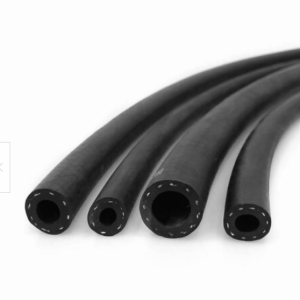
Rubber
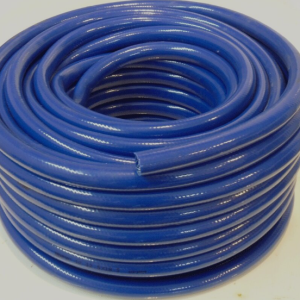
PVC
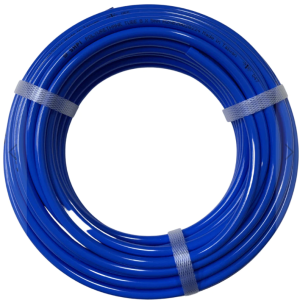
Urethane
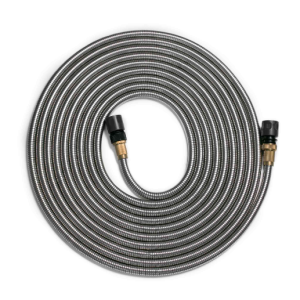
Steel
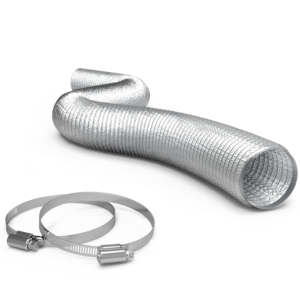
Aluminium
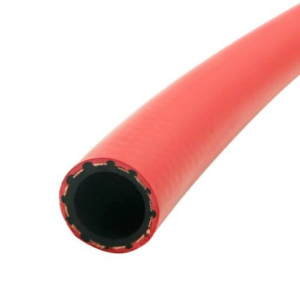
Multi-purpose
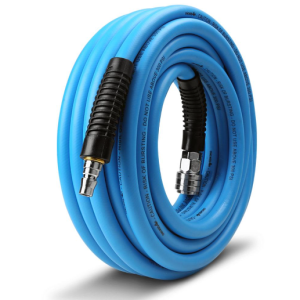
Air
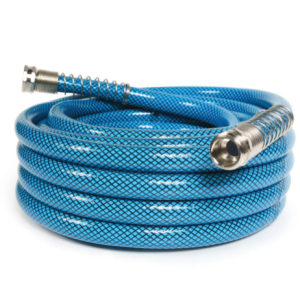
Water
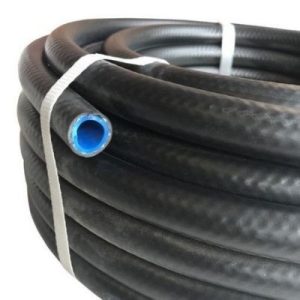
Chemical
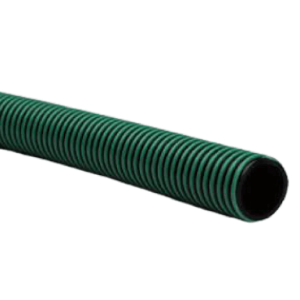
Abrasive Resistant
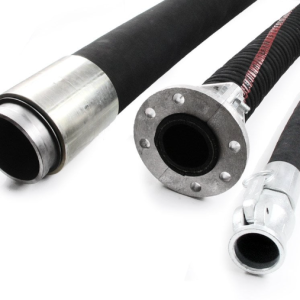
Material Handling
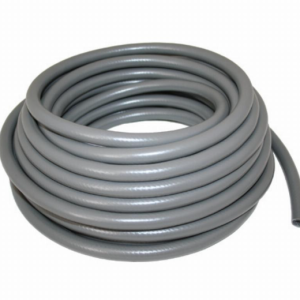
Petroleum
Speak to a Rubber Line Specialist Today
Don’t compromise on the quality of your industrial hose and fittings. Visit Rubberline Products Ltd. today for high-quality products made from rubber, PVC, urethane, steel, aluminum, and more. Our technical staff are ready to assist you in finding the right solution for your project, and with five distribution outlets across Ontario, Canada, we have the inventory to meet your ever-changing needs. Contact us now or visit us instore to learn more about our products and services.
- Guelph
- Cambridge
- Kitchener
- Mississauga
- Brantford
Frequently Asked Questions
What is the difference between industrial hoses and hydraulic hoses?
What is the difference between industrial hoses and hydraulic hoses?
How do I choose the right industrial hose for my application?
Choosing the right industrial hose for your application involves considering factors such as the type of fluid or gas being transported, the pressure and temperature conditions, the length of the hose, the material of the hose, the fittings required, and more. It is important to consult with a knowledgeable supplier or manufacturer to determine the best hose for your specific needs.
How often do industrial hoses need to be replaced?
The lifespan of an industrial hose depends on various factors such as the type of hose, the frequency of use, the pressure and temperature conditions, and the environment in which it is used. Regular inspection and maintenance can help detect signs of wear and tear, but hoses should be replaced when they show signs of damage or degradation that could compromise their safety and effectiveness.
What types of fittings are available for industrial hoses?
There are a wide variety of fittings available for industrial hoses, including cam and groove couplings, quick disconnects, barbed fittings, flanges, and more. The type of fitting required will depend on the specific application and the type of hose being used.
How do I properly install and maintain my industrial hose and fittings?
Proper installation and maintenance of industrial hoses and fittings involves following manufacturer instructions, inspecting hoses regularly for signs of wear and tear, replacing damaged hoses promptly, cleaning and storing hoses properly, and using the appropriate tools and equipment for installation and maintenance.
What safety precautions should I take when working with industrial hoses and fittings?
When working with industrial hoses and fittings, it is important to follow proper safety precautions, such as wearing appropriate protective equipment, ensuring proper ventilation, avoiding contact with hazardous materials, and using the appropriate tools and equipment for the job. It is also important to follow manufacturer instructions and industry standards to ensure safe and effective use.
How do I know which type of industrial hose or fitting is best for my specific application?
Determining the best industrial hose or fitting for your specific application involves considering factors such as the type of fluid or gas being transported, the pressure and temperature conditions, the length of the hose, the material of the hose, the fittings required, and more. It is important to consult with a knowledgeable supplier or manufacturer to determine the best hose or fitting for your specific needs.
What is the difference between a hose and a tube, and how do I know which one to use for my project?
A hose is typically a flexible tube designed for the transportation of fluids or gases, while a tube is a rigid conduit used for similar purposes. The choice between a hose or a tube for a specific project will depend on factors such as the type of fluid or gas being transported, the pressure and temperature conditions, the length of the conduit, and the specific application requirements. Consulting with a knowledgeable supplier or manufacturer can help determine the best option for your needs.

